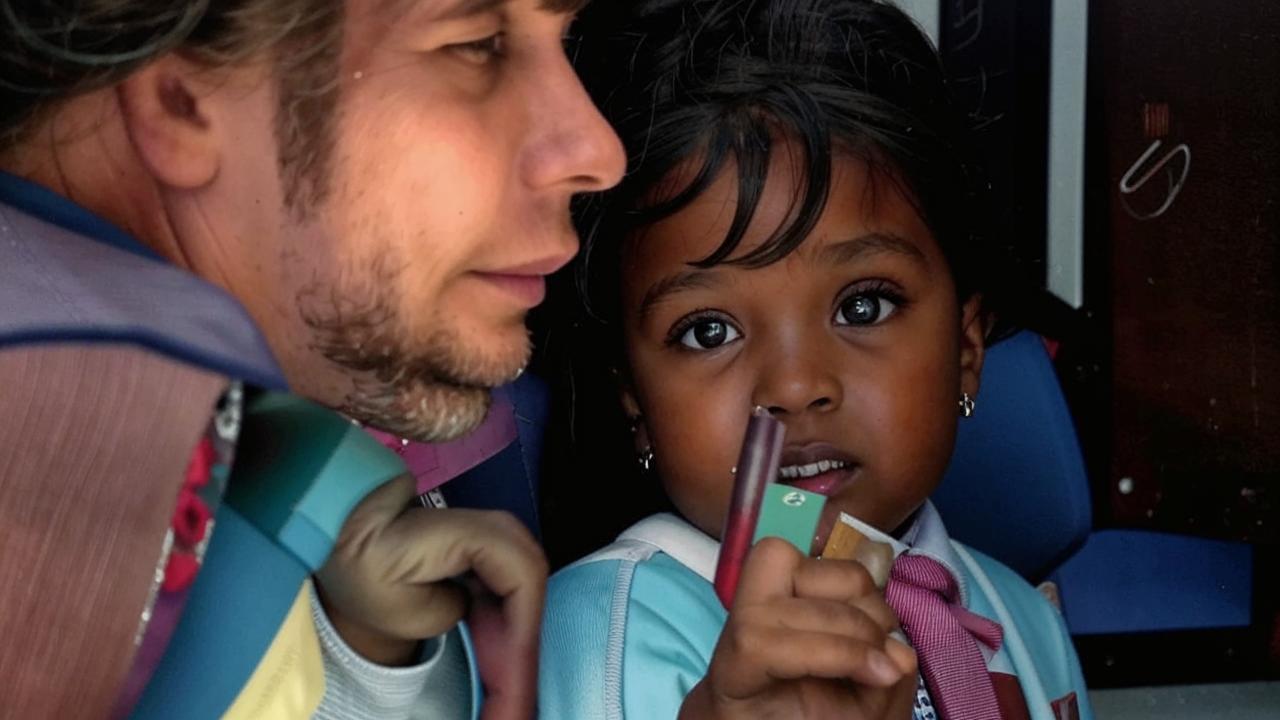Over the past year, many fans have noticed that Bella Hadid has been absent from some major events including the Met Gala, Paris Fashion Week and the Cannes Film Festival. She herself has been commenting on her social media accounts about her absence and revealed that she is battling a return of Lyme disease due to a tick bite.
The 27-year-old Bella Hadid was diagnosed with the ailment back in 2012. Over the years, she fought the disease and finally achieved remission.

MD, professor, a specialist in integrative and anti-aging medicine
“At this point, the model has returned to her normal life and work with good health. The right therapy helped to do this. Bella Hadid will once again delight her fans on the world’s catwalks.”
What is Lyme disease?
Lyme disease is the most common vector-borne disease caused by parasites, viruses and bacteria transmitted by vectors. The disease is a multisystem disease usually caused by infection with the spirochete Borrelia burgdorferi and a marked immune response to the infection. The disease is transmitted to humans through the bites of an infected tick.

The main risk factor for infection is visiting endemic areas, parks, meadows, fields and forests where tick activity has been detected.
How do the symptoms manifest themselves?
The manifestation of Lyme disease is divided into three stages: localized, disseminated and persistent. However, in individual patients there are no rigid boundaries between the stages. The first two stages refer to early infection, while persistent disease is considered late infection.
It is important to remember the peculiarity of the disease: stage 3 disease can occur long after the bite, namely within one year of infection.
Stage 1 Lyme disease
During this period, a local ring-shaped redness is formed and the patient has an increase in temperature. Manifestations occur after the tick bite immediately or within one month.
Erythema migrans is a characteristic skin rash for Lyme disease that occurs in 75% of patients and develops on average one week after infection. The ring-shaped redness usually appears at or near the site of the tick bite: this may be the axillary, groin or hamstring area.
Erythema runs differently in everyone, some have no accompanying manifestations, in others it is itchy and burning. It usually enlarges within a few days and does not go away, it may not be noticed until it reaches a large size. As erythema expands, bizarre circular patterns can form on the skin – this is the reason doctors call it ring-shaped redness.
Although many patients have erythema migrans, a proportion of patients first develop extracutaneous symptoms. In these cases, the rash characteristic of Lyme disease may never appear, making it difficult to diagnose the disease: the patient or doctor may not recognize the disease at an early stage.
Without treatment, the rash may persist for two to three weeks. It may go away on its own.
In 80% of those who contract Lyme disease, doctors note only a single episode of this characteristic ring-shaped rash on the skin. However, in the remaining 20%, the rash may return during the course of the illness.
Half of the patients experience flu-like symptoms between a few days and one week after infection. Body temperature may rise (37.1 to 37.5°C), and patients may report generalized weakness, chills, fatigue, muscle and joint pain, headache and neck discomfort.
These symptoms appear and go away without treatment. Scantily presented symptoms from the respiratory system and gastrointestinal tract may also be present.

The most common ocular manifestations of stage 1 Lyme disease are redness and lacrimation.
In about one-third of all patients with erythema migrans, the disease may stop at this stage, but most patients progress to stage 2 and then stage 3.
Stage 2 Lyme disease
In stage 2 of Lyme disease, the infection spreads through the body, occurring about 3-10 days after the tick bite. At this stage, in addition to fever and general malaise, there are symptoms indicating that the musculoskeletal and nervous systems are involved, less commonly the heart.
Ocular manifestations include diplopia (double vision). Blurred vision and eye pain may result from keratitis and iritis.
Musculoskeletal manifestations. When muscles and joints are involved, patients experience pain in these areas. As a rule, large joints are affected in Lyme disease: knee, shoulder, elbow and ankle joints.
Many patients develop their first case of arthritis within six months of the onset of erythema migrans. If the person is not treated, the symptoms will last about seven days and then may go away on their own.

Some patients experience three relapses about 2.5 months apart. These are more likely to affect more than one joint. Over time, these episodes are less frequent, less severe, and involve fewer joints. Even without treatment, recurrent episodes usually resolve within 10 years.
Neurologic manifestations. The neurological system is also involved; this lesion is called Lyme neuroborreliosis and occurs in 5-20% of cases. A specific paralysis of the facial nerve can develop, it is called Bell’s palsy.
This is a rare manifestation of the disease and occurs in only 3% of patients. However, headache is noted by most people with Lyme disease.
Some patients may develop meningitis 2-10 weeks after infection. It is manifested by severe headache, neck muscle stiffness and photophobia. Headache is characterized by wavy attacks from its increase to weakening and can be both slight and pronounced.
Another manifestation of the disease is borreliosis encephalopathy. Its symptoms are mild confusion, memory and concentration disorders, mood swings, sleep disorders, depression and irritability. These signs can occur even after several months or years from the moment of infection.
Skin manifestations. If patients are in the forefront of the skin manifestations, they are characterized by the same circular reddening of the skin in the form of multiple lesions. These are relatively small red spots (1-5 cm), often oval in shape. They appear and then pass.
A rare manifestation of the disease is borrelial lymphocytoma. Externally, it looks like a bluish-red nodular swelling. It most often appears on the earlobe or nipple areola, sometimes on the scrotum, nose, and extremities.
Stage 3 Lyme disease
Late or chronic Lyme disease, also known as stage 3, can develop months after infection or years later when a person has no recollection of having been bitten by a tick. Rheumatologic and neurologic symptoms begin to appear, which can significantly complicate diagnosis.
In stage 3, the following symptoms appear:
- joint involvement – knee joints are more commonly affected;
- headaches, memory and attention disorders, the appearance of unmotivated fatigue and weakness;
- rheumatoid arthritis or peripheral spondyloarthropathy;
- autoimmune neurological disease – chronic idiopathic demyelinating polyneuropathy.
How is Lyme disease treated?
Early diagnosis and timely treatment can prevent complications and progression to the next stages of the disease. The standard treatment is antibiotic therapy. Most people recover after taking oral antibiotics for 10-14 days.
Medicines should be prescribed by a doctor after consultation and examination. Self-medication can be dangerous to health.

Preventive therapy is also common. So, if someone is bitten by a tick, they can take one dose of the antibiotic doxycycline to prevent Lyme infection. This should be done within 72 hours of the tick bite. It is very important to carefully remove the tick and have it analyzed – this is to detect diseases that the arthropod can transmit to humans through blood.
Is there a vaccine for Lyme disease?
Many people wonder whether there is a vaccine for Lyme disease. There are several vaccines against the disease only for dogs.
As for humans, the final stages of clinical trials are underway and could be submitted for regulatory approval by 2025.





